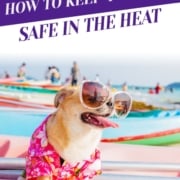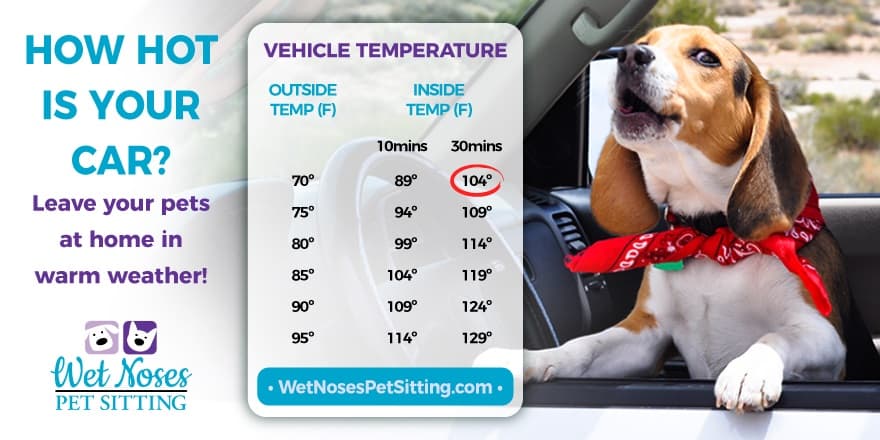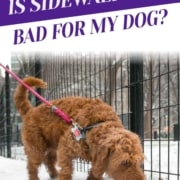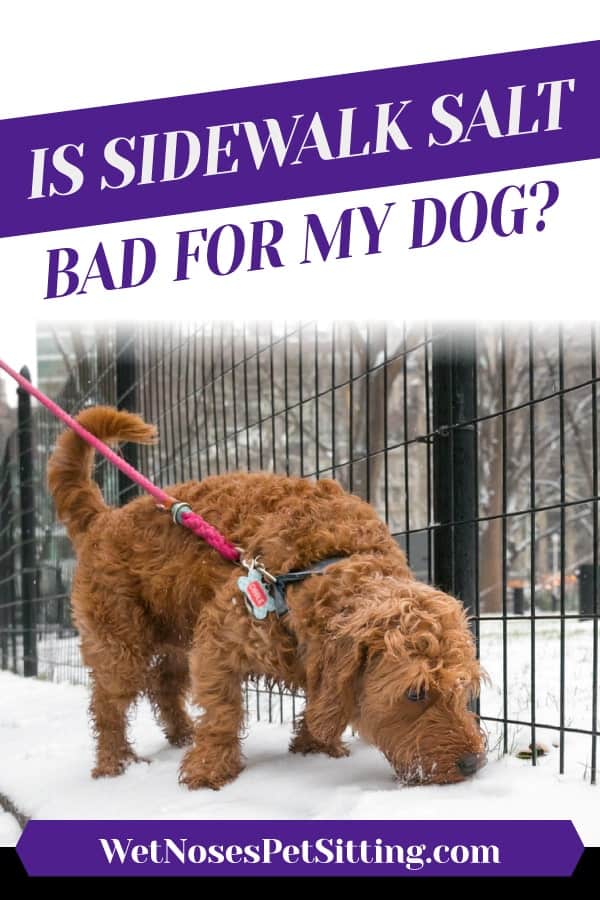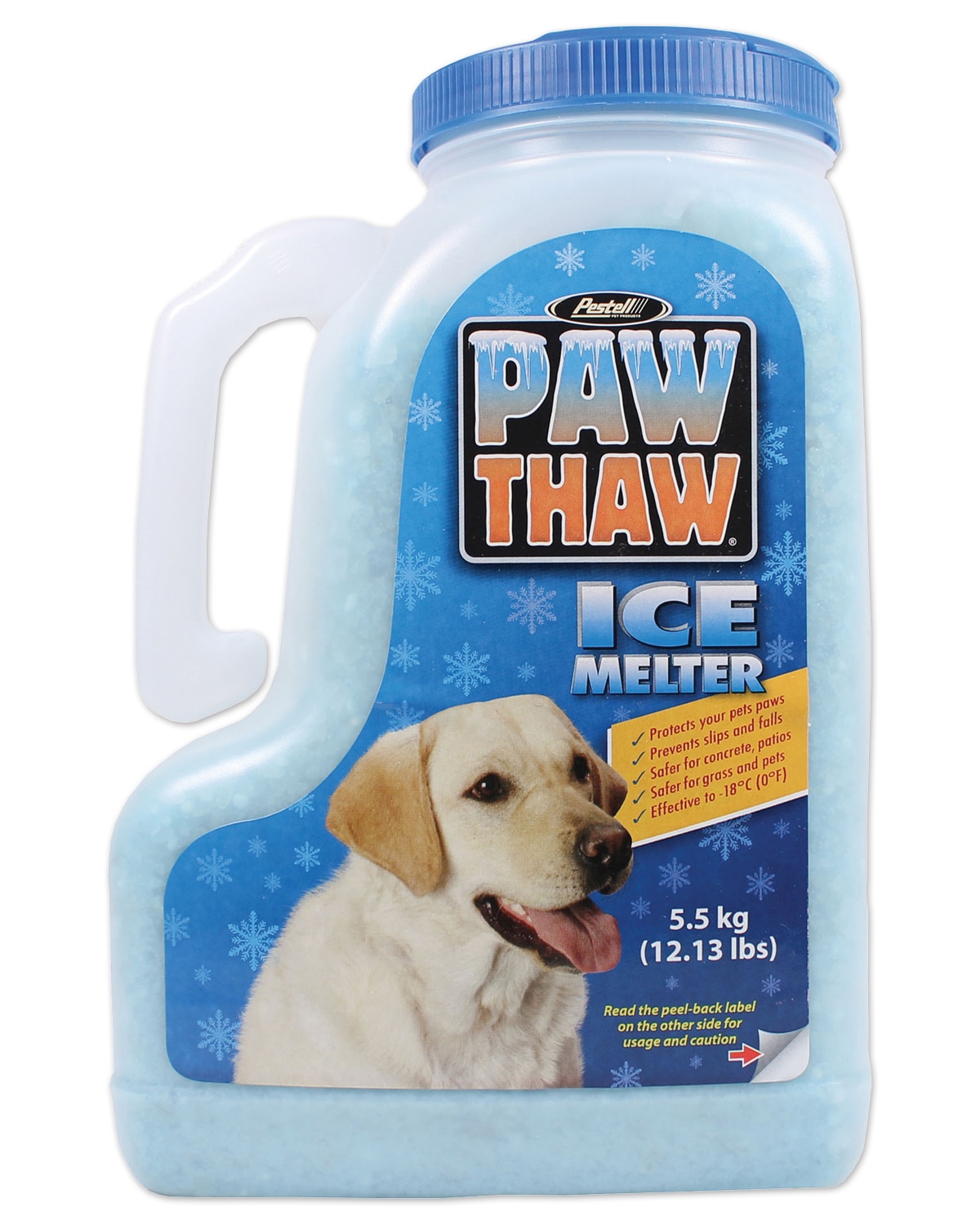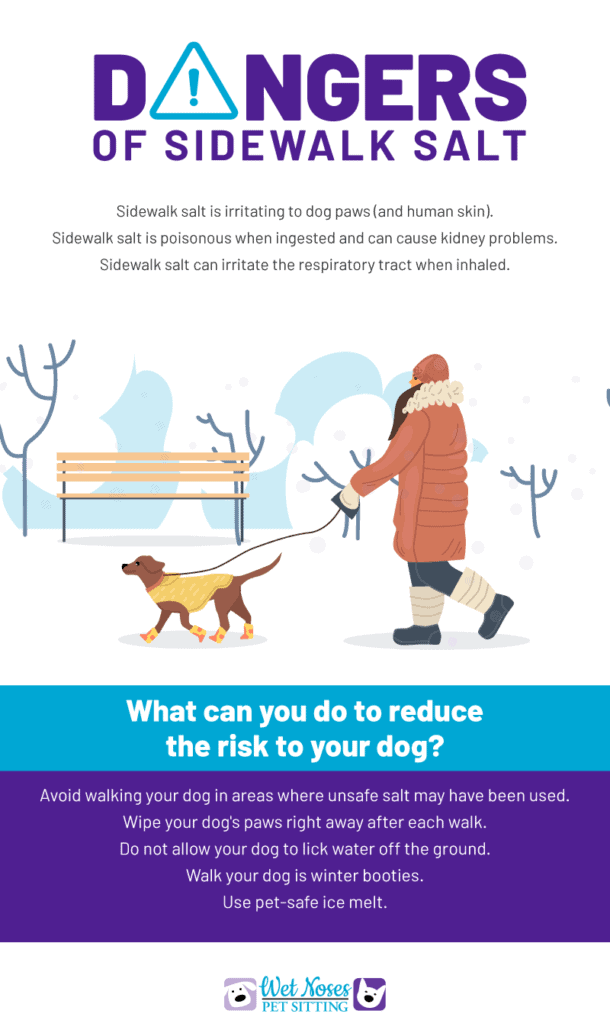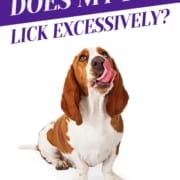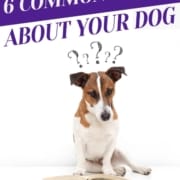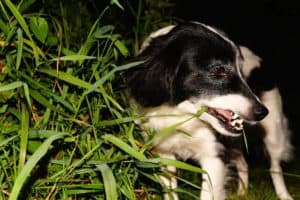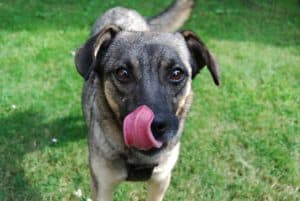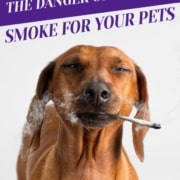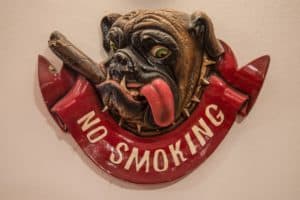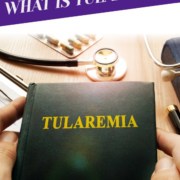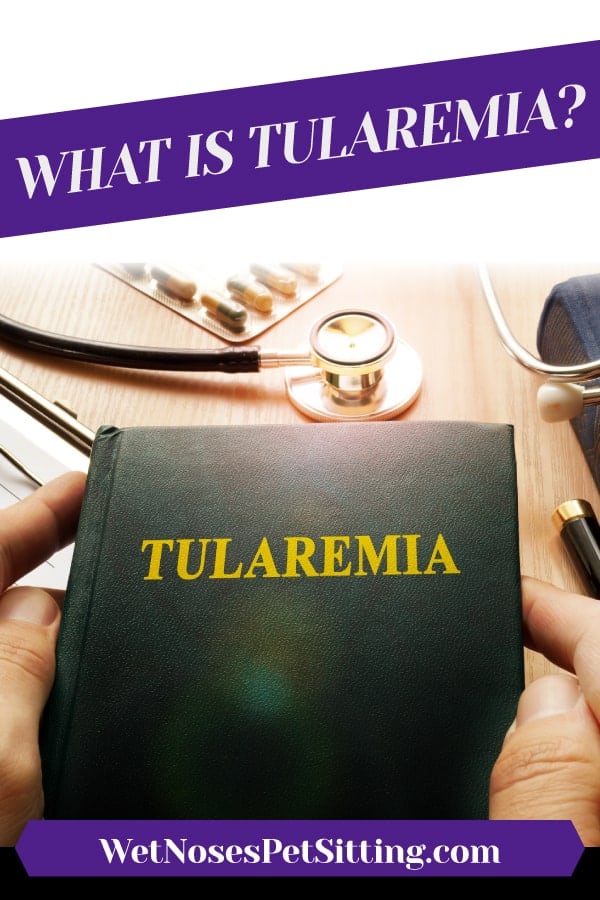How to Keep Your Pet Safe in the Heat
August can be the hottest month of the year. To avoid heat stroke follow these tips and keep your pet safe during the dog days of summer.
Leave your dog at home if you’re running errands
Grabbing your keys can be an instant sign to your dog that it’s time for trip. It’s hard to say no to those pleading eyes, but for safety’s sake, leave them at home. Just a quick trip to the store can turn deadly for a dog left in the car.
As you can see, it does not take much for a car too hot. Even on cool days, it can quickly become dangerous. A simple delay in the store could be all it takes.
Limit exercise and outings on extremely hot days
You don’t have to be a hermit in the AC during the summer months, but it’s good to limit your dogs time outside. Some dogs can’t help but run and jump. When the temperature is rising, this could spell trouble and cause them to overheat. Taking care to limit the time they have in the sun will help stop overheating before it starts.
Avoid parks with a lot of asphalt
Enjoying a sunny day is great. When you take your dog out, avoid parks with tracks or lots of asphalt. Choose shady parks with dirt paths. The asphalt is hot and can easily burn their pads. You can also get some Dog Booties to protect their feet from hot roads and sand.
When you do go out bring plenty of water
Take a travel water bowl for your dog and plenty of water. To keep water cool on a hot day, fill up the bottle half way. Put the bottle on its side in the freezer. This will freeze the water on one side of the bottle, basically making a giant ice cube. Fill up the other side with water and you’ll have ice cold water for hours.
We are always here to help you if you need a pet sitter or dog walker during the day. Make sure to contact us! Your pets safety is our priority.

